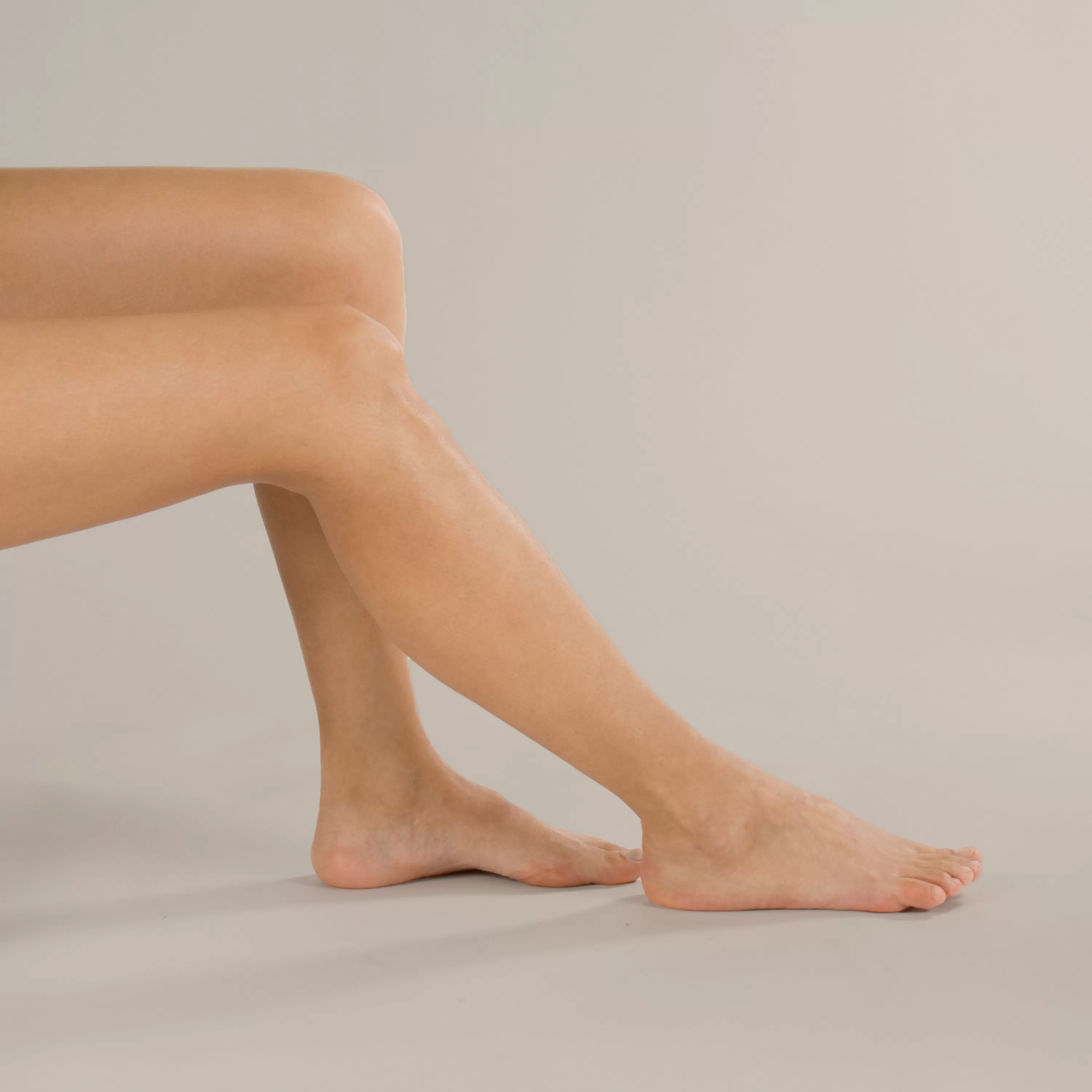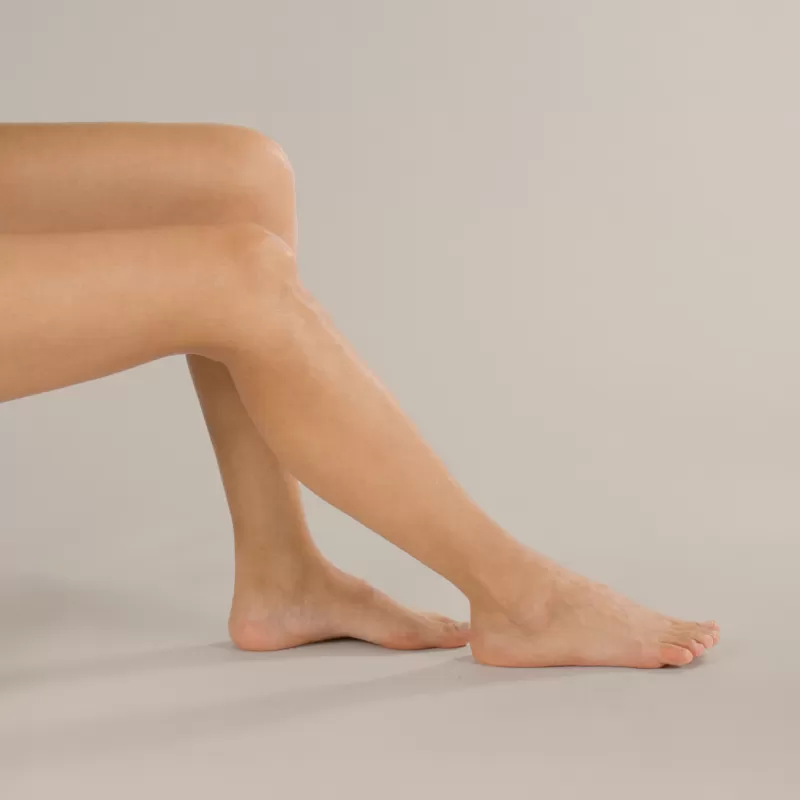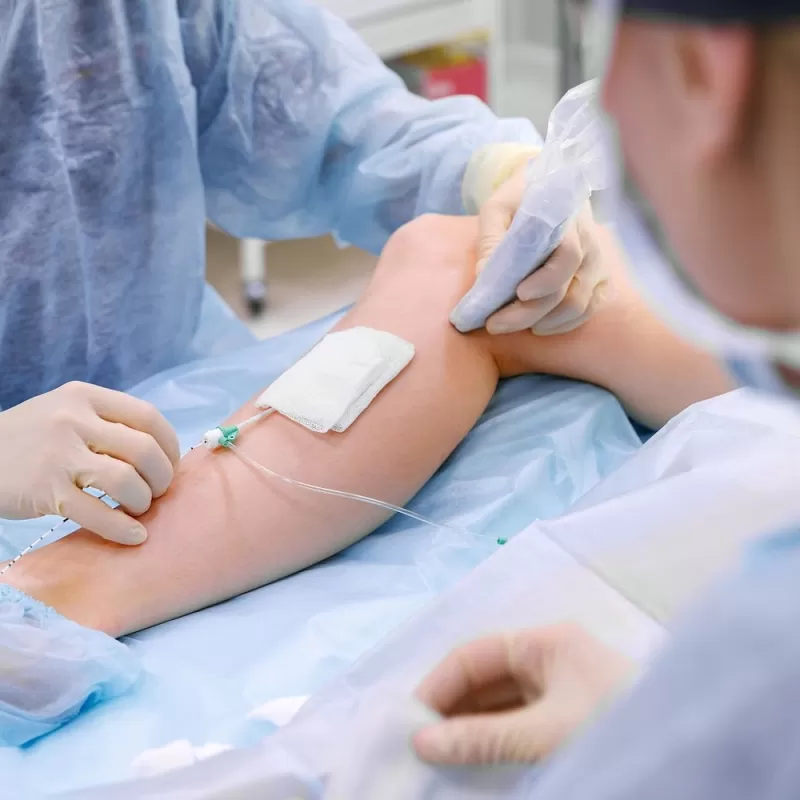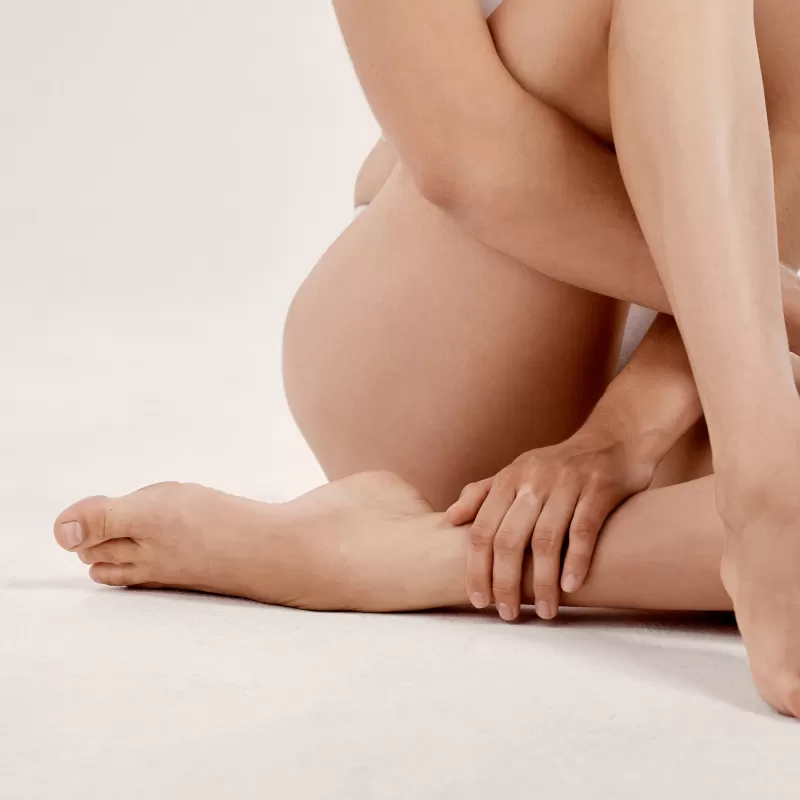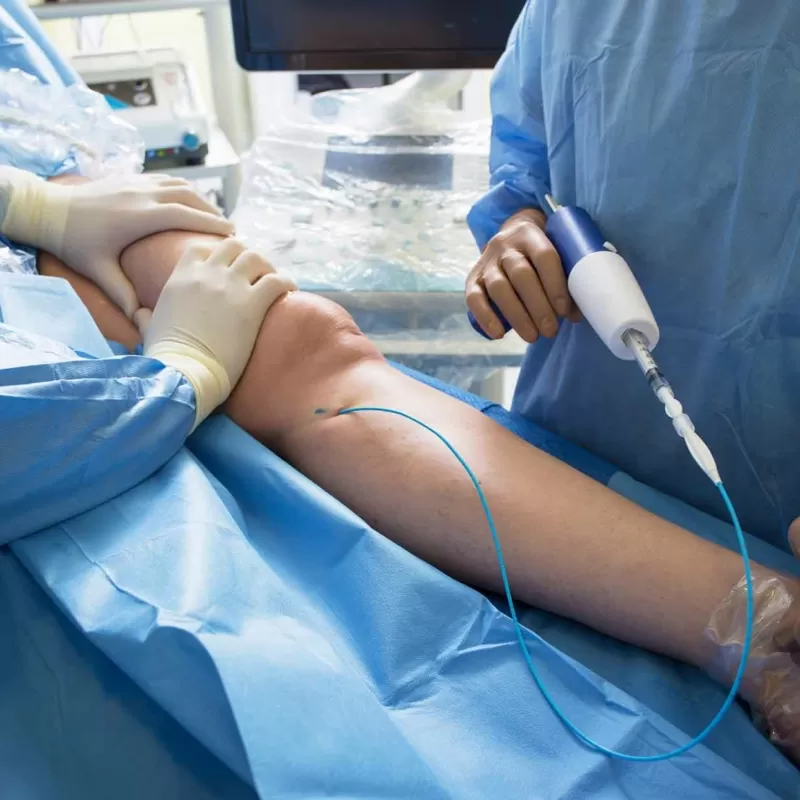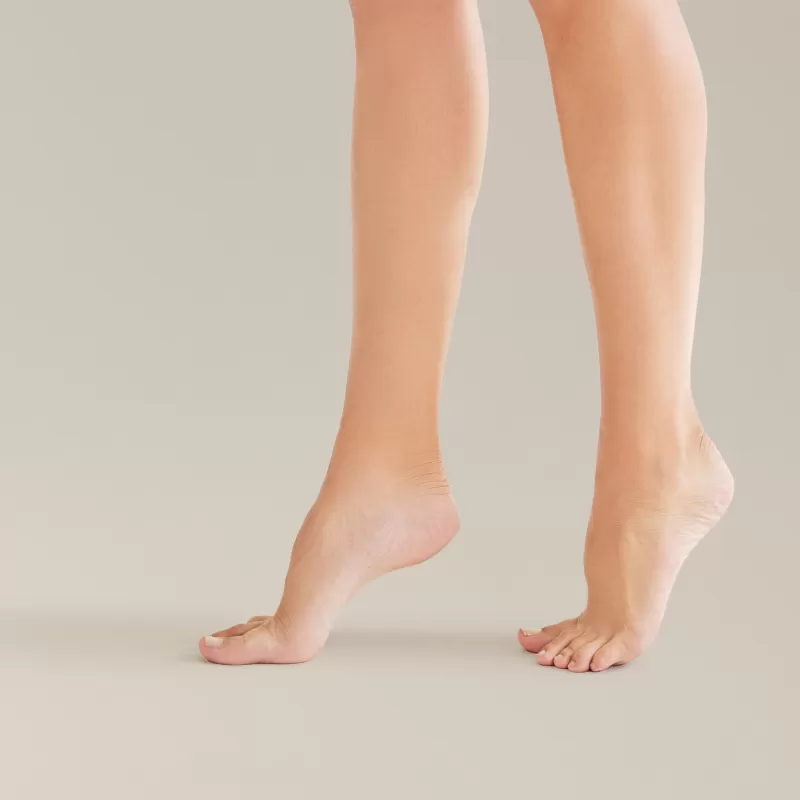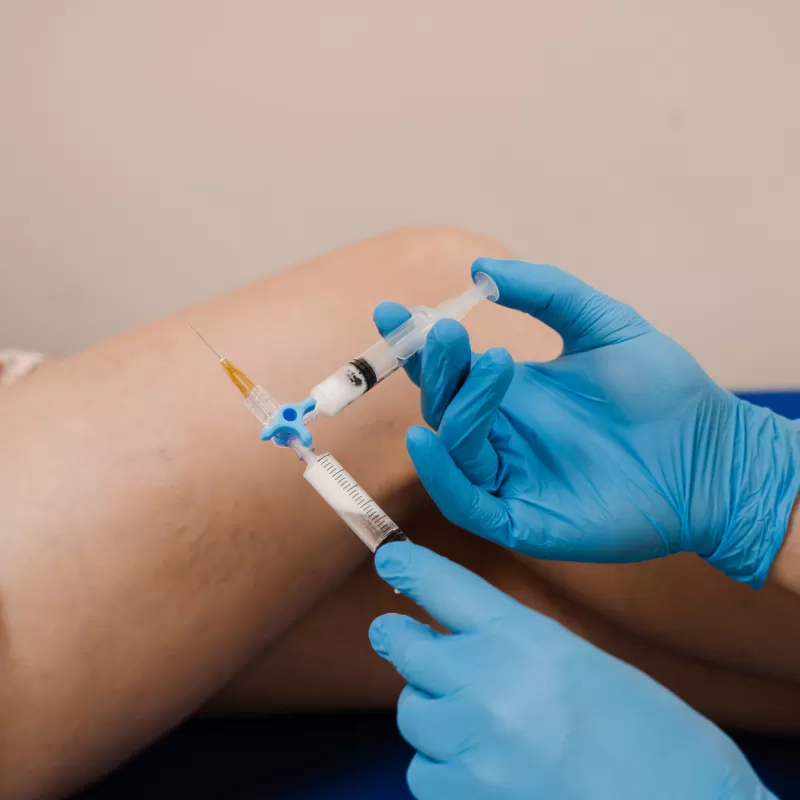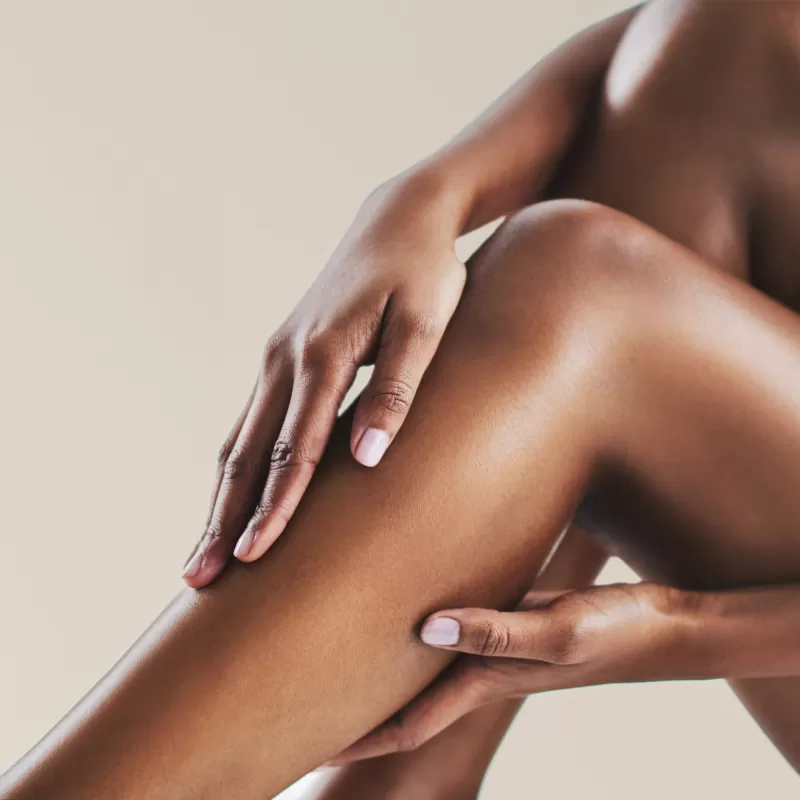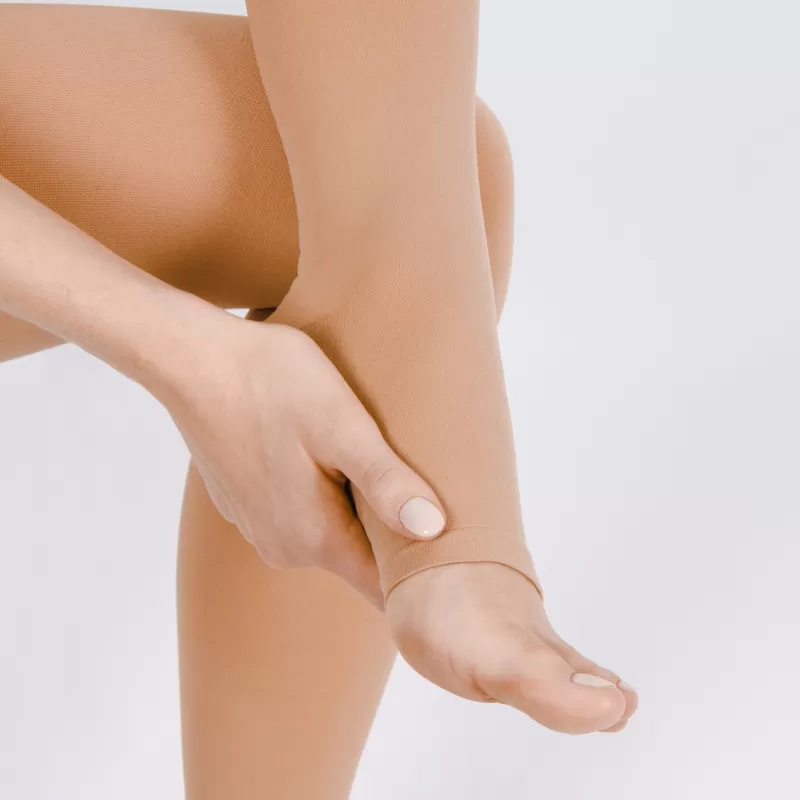Venous Ulcers
Venous Ulcers
Condition
Suffering with painful venous ulcers? Help restore your circulation and reverse venous ulcers with our vein doctor and our state of the art, nonsurgical treatments here at Canberra Vein Care by the R Clinic.
What are venous ulcers?
What are venous ulcers?
A venous ulcer or varicose ulcer is an open sore that is very slow to heal and can be difficult to treat. Venous ulcers can occur anywhere on the skin but most often occur on the inside of the legs, just above the ankle. Once established, they can last anywhere from a few weeks to years. It is estimated that 1% of the general population and 5% of patients with varicose veins will develop a chronic venous ulcer during their life. They can sometimes lead to more serious problems so it’s best to seek venous ulcer treatment as soon as possible.
What causes venous ulcers?
What causes venous ulcers?
Venous ulcers that occur on the legs are due to a condition called chronic venous insufficiency (CVI). This is when the vein valves stop functioning properly due to weakness, scarring or blockage. Blood can flow backward (reflux) and pool in the legs. This leads to high pressure in the lower leg veins that affects the flow of blood in the capillaries of the skin causing poor metabolism. The lack of nutrients and oxygen will eventually cause tissue damage and a wound can develop
How can we help?
How can we help?
At The R Clinic, our vein doctor, Dr Melanie Sung, offers multiple state-of-art, non-surgical varicose vein treatments tailored to your condition. We offer endovascular thermal ablation (including radiofrequency ablation), medical superglue ablation, micro-sclerotherapy, ultrasound guided sclerotherapy, and compression therapy. By offering an alternative to surgery means drastically reduced wait time for treatment, plus minimal downtime associated with these forms of non-invasive treatments means better recovery and outcomes for our patients.
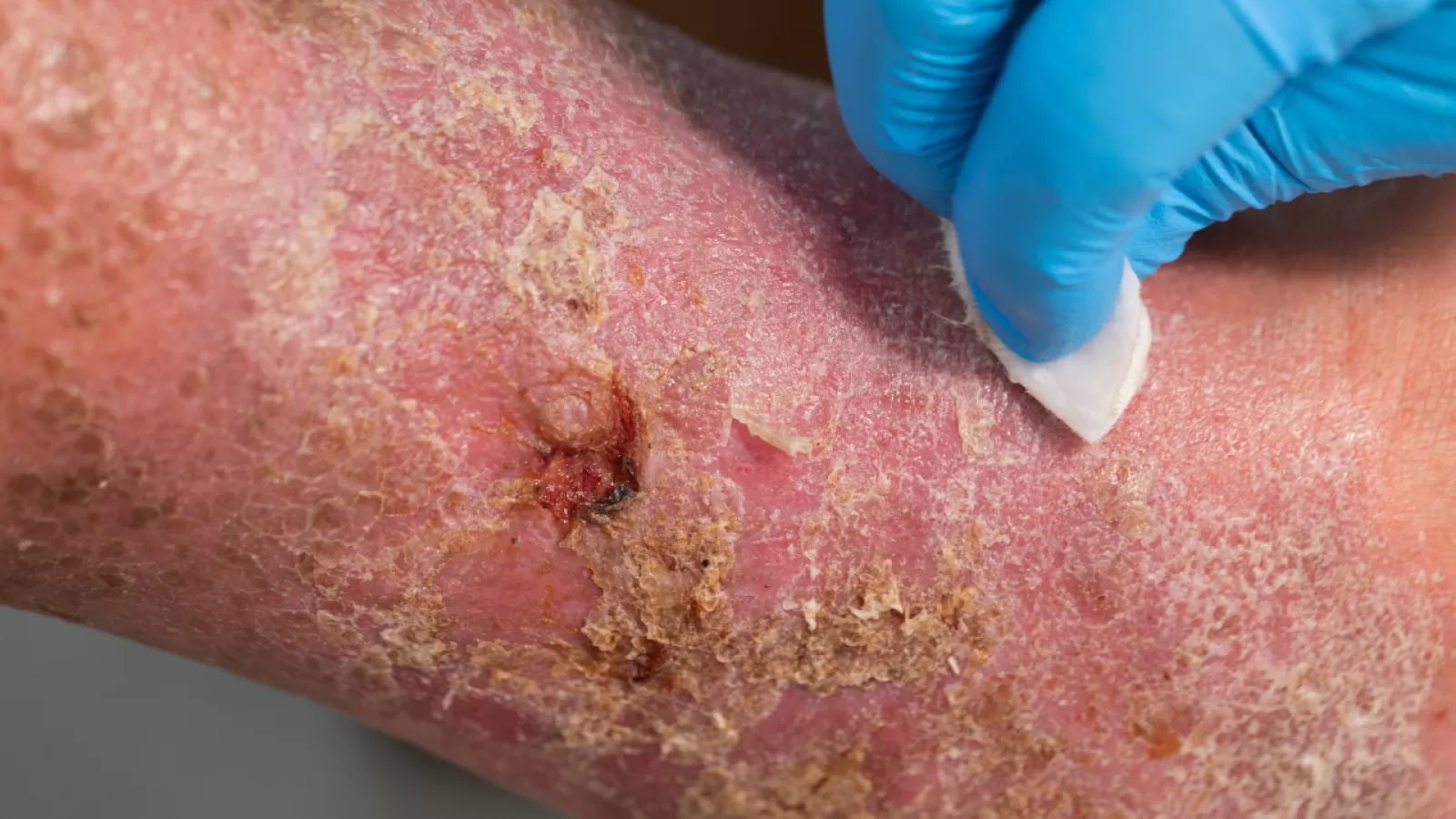
FAQ
Have further questions or want to learn more?
Who gets venous ulcers?
A variety of factors can raise your risk of venous ulcers. They include:
- Deep vein thrombosis.
- Family history of venous disease.
- Obesity.
- Older age.
- Paralysis.
- Previous injury.
- Sedentary lifestyle with limited physical activity.
- Smoking.
- Surgery, such as a knee replacement.
- Varicose and spider veins.
How can I prevent venous ulcers?
Preventive care can help you avoid a venous stasis ulcer. If you’ve had one in the past, these steps can lower the risk of ulcers recurring after treatment.
Venous ulcer prevention includes:
- Keep the skin of your lower legs well moisturized.
- Quit smoking. Smoking is bad for your blood vessels.
- If you have diabetes, keep your blood sugar level under control. This will help you heal faster.
- Exercise as much as you can. Staying active helps with blood flow.
- Eat healthy foods and get plenty of sleep at night.
- Lose weight if you are overweight.
- Manage your blood pressure and cholesterol levels.
What do venous ulcers look like?
They’re often shallow, irregularly shaped sores. The skin surrounding the stasis ulcer may be hard and discolored.
Symptoms of venous ulcers include
- Dull ache.
- Foul odor.
- Itching.
- Pus or other fluid that oozes from the sore.
- Swelling (edema).
Are other venous ulcer treatments available?
Venous ulcers that are severe or not responding to standard therapies may require additional treatments such as:
- Growth factor therapy, injectable substances that attract healthy cells to ulcers.
- Hyperbaric oxygen therapy, a treatment in which you sit in a special, pressurized chamber and inhale pure oxygen.
- Lymphedema therapy, massage, skin care and bandaging techniques that clear fluid buildup.
- Skin graft, replacing diseased skin with healthy skin from another part of your body.
- Venous disease treatment to correct blood pooling problems and improve circulation.
What venous ulcer treatments might I need
Venous ulcer treatments often include:
- Antibiotics if there’s an infection.
- Compression bandages or stockings to improve circulation.
- Ointments that protect against germs.
- Pain relievers and other therapies to quiet overactive nerves.
- Procedures (debridement) to remove debris and dead tissue.
- Referrals to specialists if you need help managing chronic conditions, such as diabetes.
- Special bandages and dressings to keep the ulcer covered.
- Wound cleaning daily to flush out bacteria and remove dead tissue.
What is the outlook for people with venous ulcers?
With successful treatment, people with venous stasis ulcers can make a full recovery. But once you’ve had a venous ulcer, you’re more likely to experience them again in the future. They often come back in the same area.
Why is it important to seek venous ulcer treatment?
Venous ulcers don’t heal on their own. The longer you live with them, the greater the likelihood of permanent tissue damage. The damage can spread or cause infections that can become life- or limb-threatening, such as gangrene. Timely care from an experienced wound care provider significantly lowers this risk.
